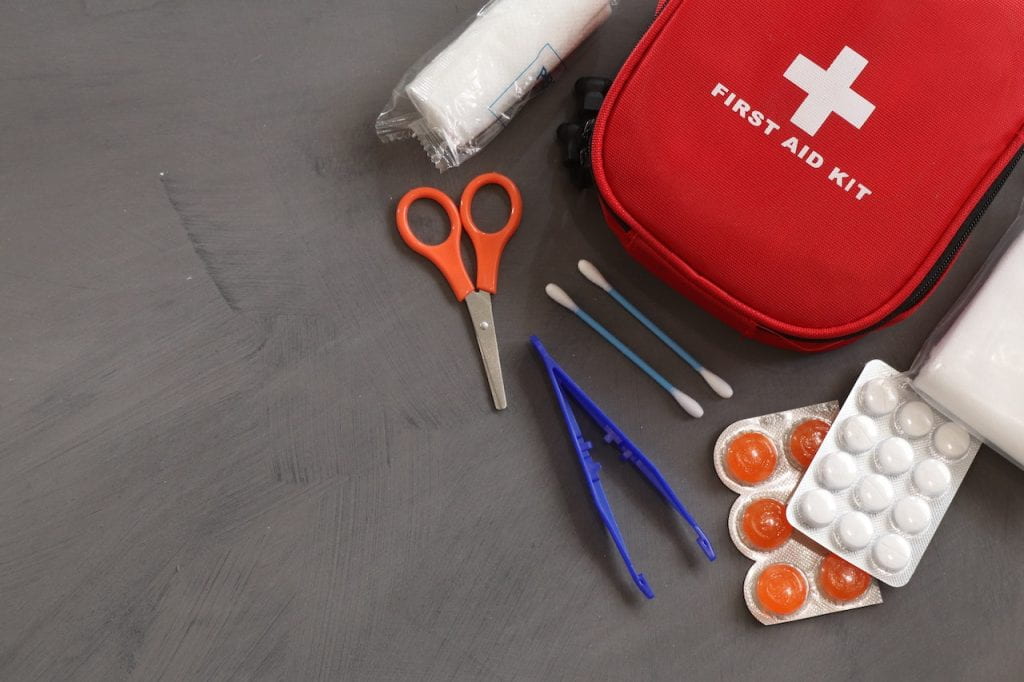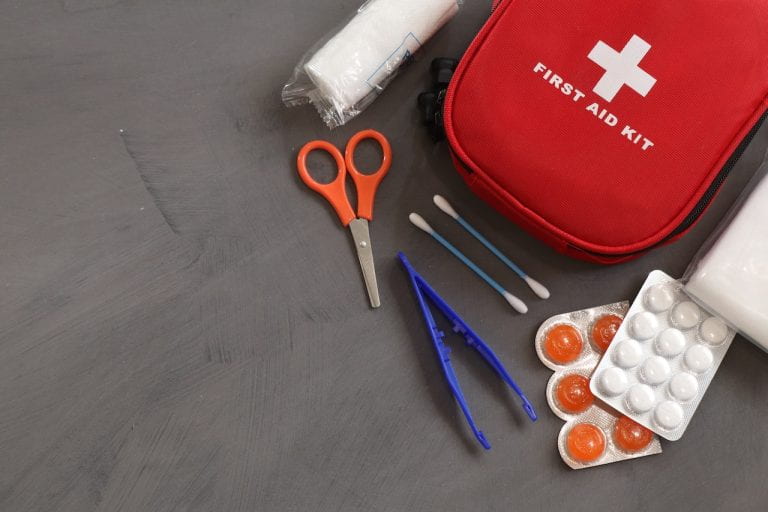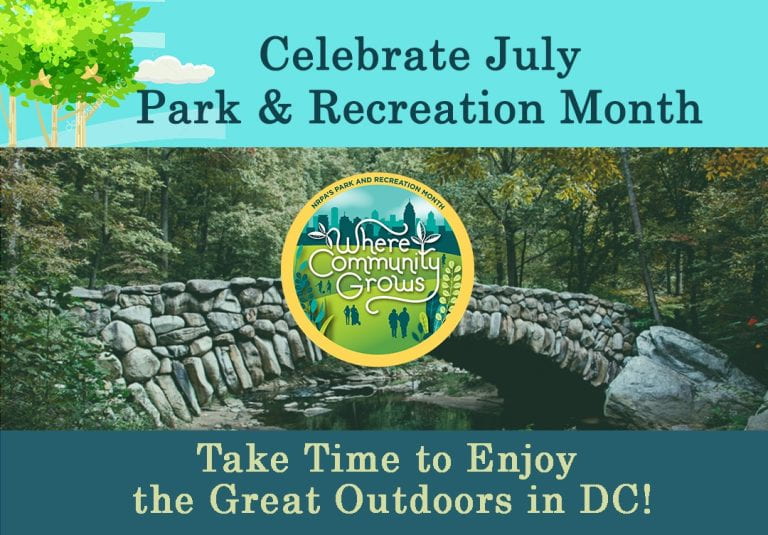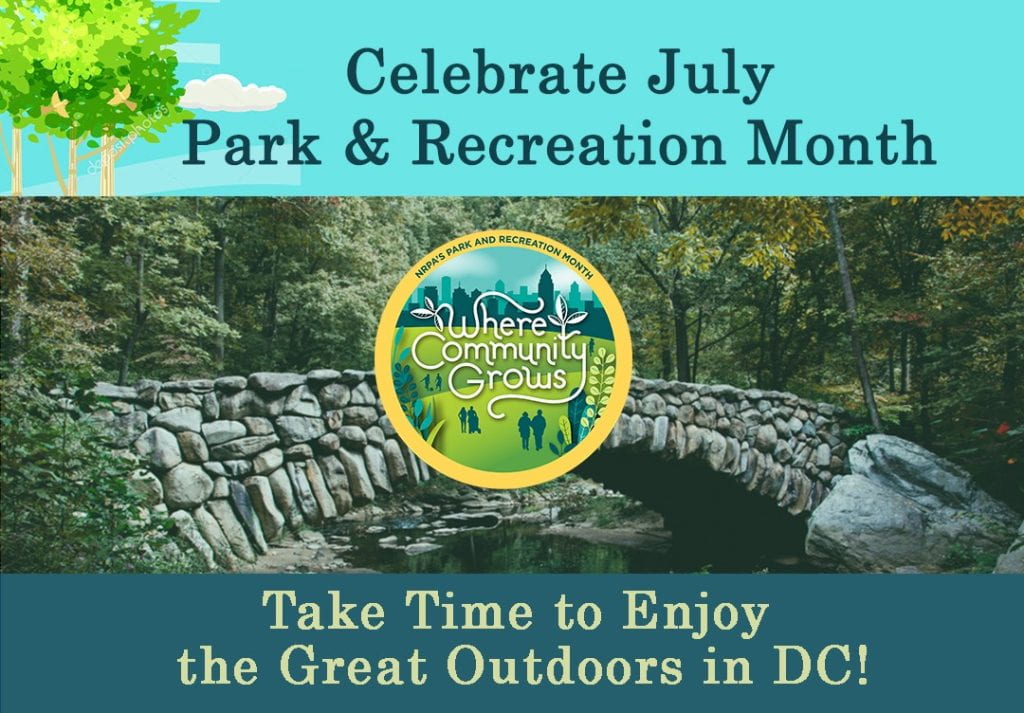
The summer is a time for recreation and relaxation. It’s also a time when injuries and accidents occur with more frequency. The highest rates of preventable injury deaths peak in July and August. Both workplace injuries and car accidents increase over the summer months, attributed to higher temperatures, crowded roads and increased miles driven and more inexperienced seasonal workers on the job. Drowning deaths also spike in the summer with children one to four years old at greatest risk. In fact, drowning is the leading cause of death in this age group.
Whether you’re looking out for your own health and safety, or that of others, Himmelfarb Library has many first aid and preparedness resources. You can find resources in our Emergency Preparedness and Response Research Guide. Here are some book titles from our collection:
- First aid, CPR, and AED. Advanced (Eighth edition.). (2021). Jones & Bartlett Learning https://wrlc-gwahlth.primo.exlibrisgroup.com/permalink/01WRLC_GWAHLTH/434vs9/alma991000561548304110
- Nable, & Brady, W. (2018). In-flight medical emergencies : a practical guide to preparedness and response (Nable & W. Brady, Eds.). Springer. https://wrlc-gwahlth.primo.exlibrisgroup.com/permalink/01WRLC_GWAHLTH/434vs9/alma991000453346304110
- Pfeiffer, Thygerson, A. L., Palmieri, N. F., Gulli, B., & Ossman, E. W. (2018). Sports first aid and injury prevention (Gulli & E. W. Ossman, Eds.). Jones & Bartlett Learning. https://wrlc-gwahlth.primo.exlibrisgroup.com/permalink/01WRLC_GWAHLTH/434vs9/alma991000405019704110
- Responding to emergencies : comprehensive first aid/CPR/AED. (2017). American National Red Cross. https://wrlc-gwahlth.primo.exlibrisgroup.com/permalink/01WRLC_GWAHLTH/434vs9/alma991000571348704110
- Thygerson, Thygerson, S., & Thygerson, J. (2022). Wilderness first aid field guide (Third edition.). Jones & Bartlett Learning. https://wrlc-gwahlth.primo.exlibrisgroup.com/permalink/01WRLC_GWAHLTH/434vs9/alma991000592549604110
- WHO. (2018). Basic emergency care : approach to the acutely ill and injured. World Health Organization. https://wrlc-gwahlth.primo.exlibrisgroup.com/permalink/01WRLC_GWAHLTH/434vs9/alma9912852151304101
Getting ready to travel? This video from SmartEngage has tips for both preventing and being fully prepared for injury or illness while traveling in the US and abroad.
Mosquito and tick borne illnesses, including Lyme Disease and West Nile Virus, rise in the summer. The CDC has guidance for preventing bites and reducing your risk.
Hurricanes and severe weather are another threat to health and safety in the summer and into the fall. Know your risk ahead of time and prepare with an emergency plan and kit.
This summer brought a new hazard to the metro DC area - wildfire smoke. The state of California provides excellent guidance on understanding the health risks and protecting yourself. Virginia, Maryland and the District all provide air quality data. You can sign up with EnviroFlash from the EPA and AirNow for Air Quality Forecasts and Action Day Health Alert notifications, or get the AirNow app for your smartphone.
While at the University, the GW Division of Safety and Facilities encourages you to make a plan for responding to emergencies. Know the exits from buildings you frequent and evacuation plans, where first aid kits, AEDs and fire extinguishers are located, and how to get in touch with University Police and Emergency Services. Himmelfarb Library’s defibrillator is on the library first floor in the entry lobby and our first aid kit is available at the circulation desk. Library floor maps indicate where fire extinguishers and emergency exits are located.
Want to get training to provide CPR, AED, or first aid at work or in your community? The GW Department of Emergency Medicine Training Center offers courses for the general public, employees and health care professionals. GW’s Medical Faculty Associates has an AED lifesavers program that will provide equipment and training to organizations.







